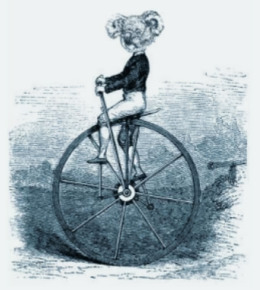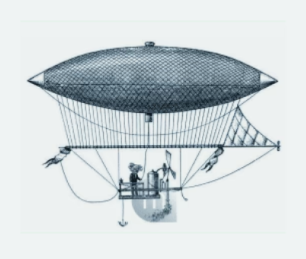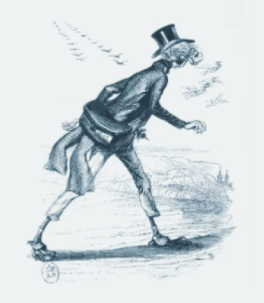The ancestral practice of co-sleeping
From birth, baby's sleep seems to be a major issue. In fact, it is at the heart of all conversations since the question that constantly comes up is: "Does he sleep through the night?"
New parents are then subjected to an avalanche of injunctions and methods aimed at "normalizing" the infant's sleep as quickly as possible.
And yet… Undeniably, human babies are first and foremost small mammals, and what's more, the most immature, at birth, of all mammal babies. Also, they are very dependent on their parents and need their presence to be reassured. This vulnerability must be taken into account because the serene development of a child supposes that one follows one's own rhythm and not that dictated by social norms.
“Is that where the little one sleeps?”
And, faced with silent acquiescence, he insists:
At night too? …
But – he explodes with indignation –
Does that mean that here in Milan, little ones don't sleep with their parents?
Who is in charge of it then?
- José Luis Sampedro, The Etruscan Smile
The word “ co-sleeping ” is a recent term that describes sleeping with your child .
Several possibilities exist:
- the baby is in a small bed not far from the parents' bed,
- the baby is in a small bed next to the parents' bed and open on top for greater proximity,
- the baby sleeps directly in the parents' bed,
- the baby sleeps in his own bed but its configuration allows occasional or daily co-sleeping (like the Cabine Cododo bed ).
Although this practice is considered completely normal and natural in most of the world, in Europe having babies sleep in a separate room is "the norm". But only for a century! Today, co-sleeping is the subject of violent criticism, so much so that many parents do not dare to admit to being fans of it. However, far from being a crazy new fad, co-sleeping is a practice as old as the world, which has many advantages and benefits, as long as safety rules are established.
Free movement from a young age
"It is just as counterproductive to force a baby to sleep as it is to prevent him from doing so."
Baby's sleep should not become a battle in which baby and parents are opposed.
The Montessori-inspired bed encourages the child's freedom and autonomy in his room. He feels that he does not have to sleep, his vision is not hindered, he can go about his business: his movements are facilitated so that he can move around his room, without depending on adults.
Small raised beds go against the needs and abilities of the little ones.
The baby is naturally able to fall asleep when he feels tired. The baby is therefore encouraged to make his own choices, to experience freedom and therefore to improve his self-confidence.
The Montessori bed can be used from birth, if you choose a good mattress.
This bed is particularly practical because it facilitates interactions: a parent can lie down next to the baby to read them stories or sing them songs.




